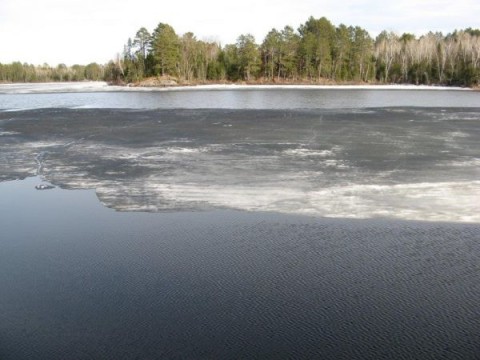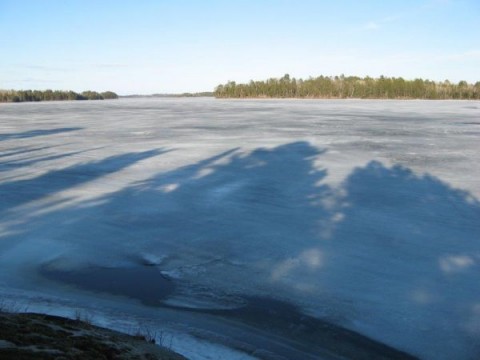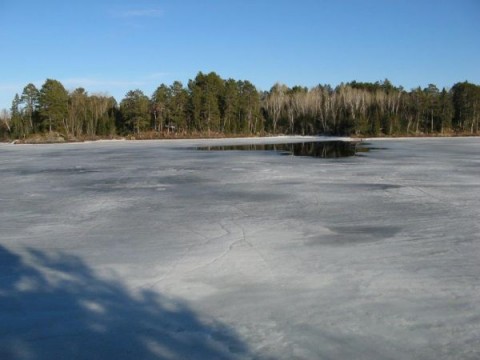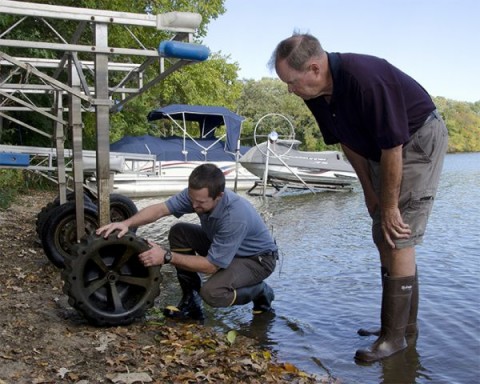By Minnesota Lakes & Rivers Advocates (MLR)
Free Webinar April 12th, 3:00pm
Almost weekly MLR receives emails from lake folks concerned about the risk of AIS spread during fishing tournaments. With tournaments permitted in infested lakes one week, and uninfested lakes the next, their concern is not unfounded. Also, public accesses tend to be heavily infested and so more likely to contaminate exiting watercraft. Starry stonewort raises concerns even higher.
While fishing boats tend to be lower risk than other types of water craft such as wake board boats, and anglers tend to be well informed about AIS issues in general, the sheer numbers and movement of watercraft give legitimate cause for concern.
So far neither DNR permitting rules nor the MN Legislature has taken action to regulate fishing tournaments in an effort to reduce use of infested lakes, or to schedule tournaments in such a way as to minimize risk of spread.
Local action, however, has made progress. Shortly after the County AIS Prevention Aid was passed, the Cass County AIS Task Force took a look at the fishing tournament issue. Rima Smith Keprios, the Cass County AIS Coordinator called Eric Bakke, tournament director of Minnesota's largest fishing event, the Frank J. Schneider Memorial Muskie Tournament, put on by the Twin Cities Chapter of Muskies Inc.
This tournament is Muskie Inc.'s oldest tournament, 40 years old, and includes over 500 fishermen on 20 lakes in Minnesota. It is large and complex - the perfect situation to try a pilot project. The first year there were a few bumps. Tournament organizer Eric Bakke and Rima Smith Keprios received a lot of phone calls. Rima had to go the extra mile to do late night inspections and provide tournament AIS forms to participants who forgot to bring theirs.
But last year the issues were ironed out and things ran smoothly. This year they are ready to share their program with you. You can now avoid their mistakes and lower the risk of AIS spread during a fishing tournament.
On Wednesday, April 12th, at 3:00 p.m., MLR will host a free Webinar by Rima and Eric that will lay out the program they have developed. Open water is just around the corner, so now is the time to begin to lay the groundwork to close this vector of spread.
free Webinar registration.







